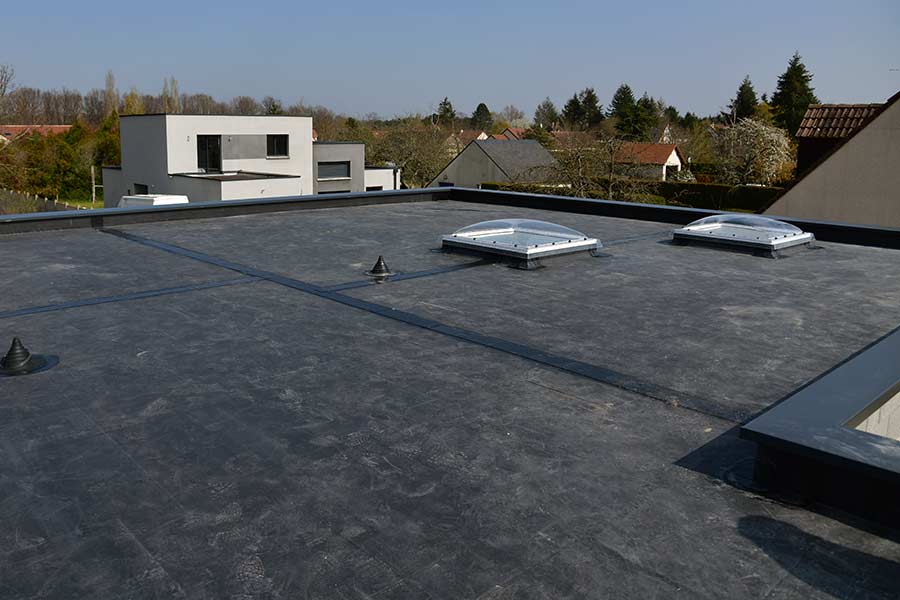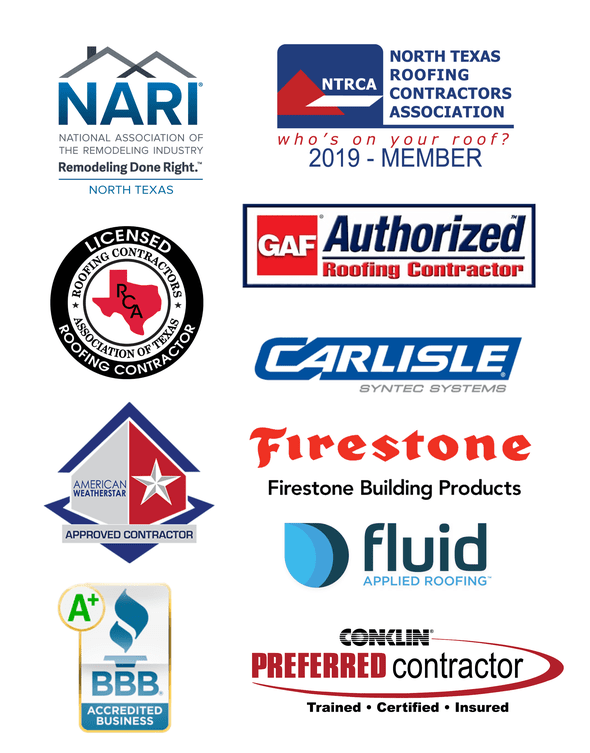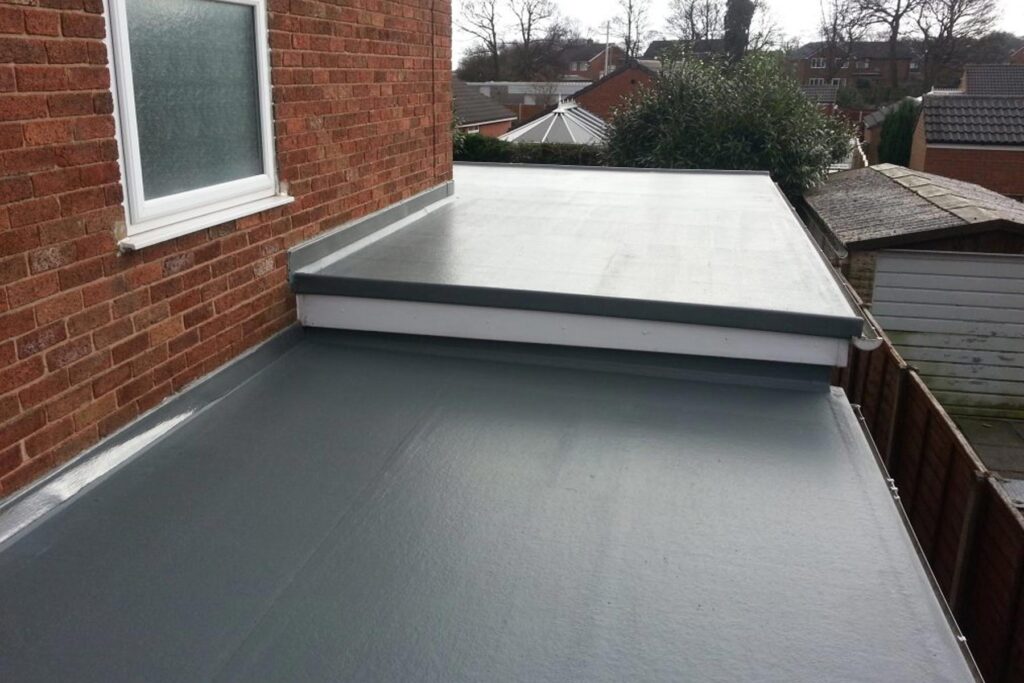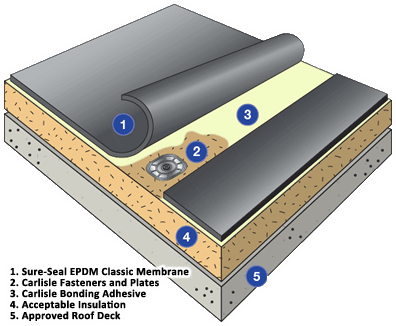EPDM Roofing
EPDM roofing is a synthetic rubber membrane made from ethylene propylene diene terpolymer, primarily used for flat or low-slope roofs in both commercial and residential applications. It is known for its durability, longevity (lasting up to 30 years), and resistance to various environmental factors such as UV radiation and extreme temperatures.

When it comes to commercial roofing solutions, EPDM (Ethylene Propylene Diene Monomer) has emerged as a top contender for flat and low-slope roofs. This synthetic rubber roofing membrane offers durability, cost-effectiveness, and versatility that make it an attractive option for building owners and managers. In this comprehensive guide, we’ll explore everything you need to know about EPDM roofing, from its composition and benefits to installation techniques and maintenance requirements.
What is EPDM Roofing?
EPDM is a synthetic rubber roofing membrane widely used in low-slope building applications. It is derived from oil and natural gas and is composed of ethylene and propylene. This material has been a popular choice for commercial roofing since the 1960s, known for its exceptional durability and resistance to weathering.
Key Components of EPDM Roofing
- EPDM membrane
- Adhesive or fasteners
- Insulation
- Vapor barrier
- Flashing materials




Benefits of EPDM Roofing
EPDM roofing offers numerous advantages that make it a preferred choice for commercial buildings:
1. Durability and Longevity
EPDM roofs are known for their exceptional lifespan, often lasting 20-30 years with proper maintenance. This longevity is due to the material’s resistance to:
- UV radiation
- Ozone
- Extreme temperatures
- Hail damage
According to a study by the National Roofing Contractors Association (NRCA), EPDM roofs installed in the 1980s are still performing well today, showcasing their long-term durability [source: https://www.nrca.net/].
2. Cost-Effectiveness
While the initial installation cost may be comparable to other roofing systems, EPDM’s long lifespan and low maintenance requirements make it a cost-effective choice in the long run. The Department of Energy reports that cool roofs, including white EPDM, can save up to 50 cents per square foot annually on air conditioning costs [source: https://www.energy.gov/energysaver/cool-roofs].
3. Energy Efficiency
White or light-colored EPDM roofing can reflect up to 90% of the sun’s rays, reducing cooling costs and improving energy efficiency. This reflective property can lead to significant savings on energy bills, especially in warmer climates like Texas.
4. Easy Installation and Repair
EPDM roofing is relatively simple to install, which can reduce labor costs and installation time. Additionally, repairs are straightforward, often involving simple patches or seam sealing.
5. Environmental Benefits
EPDM is a sustainable roofing option:
- It’s recyclable at the end of its life cycle
- Manufacturing process has a lower environmental impact compared to some other roofing materials
- Can contribute to LEED certification points for buildings
EPDM Roofing Installation Process
The installation of an EPDM roof involves several key steps:
- Roof Preparation: Clean and prepare the existing roof surface.
- Insulation Installation: Apply insulation boards to improve energy efficiency.
- Membrane Placement: Roll out the EPDM membrane over the insulation.
- Securing the Membrane: Use adhesives or mechanical fasteners to secure the membrane.
- Seam Sealing: Seal all seams to ensure water-tightness.
- Flashing Installation: Install flashing around roof penetrations and edges.
- Final Inspection: Conduct a thorough inspection to ensure proper installation.
For a detailed look at the installation process, the Midwest Roofing Contractors Association provides excellent resources and best practices [source: https://www.mrca.org/].

Maintenance and Care for EPDM Roofs
While EPDM roofs are low-maintenance, regular care can extend their lifespan:
- Regular Inspections: Conduct bi-annual inspections to check for any damage or wear.
- Cleaning: Remove debris and clean the roof surface annually.
- Repair Promptly: Address any tears, punctures, or seam separations immediately.
- Recoating: Apply a protective coating every 10-15 years to rejuvenate the membrane.
The National Roofing Contractors Association recommends professional inspections at least twice a year and after any major weather events [source: https://www.nrca.net/].
Choosing the Right EPDM Roofing Contractor
Selecting a qualified contractor is crucial for ensuring proper installation and long-term performance of your EPDM roof. The JBN Group in Denton, Texas, specializes in commercial EPDM roofing installations and repairs. With our expertise and commitment to quality, we ensure that your roofing project is completed to the highest standards.
When choosing a contractor, consider:
- Experience with EPDM roofing
- Proper licensing and insurance
- References and past project examples
- Warranty offerings
Conclusion
EPDM roofing continues to be a top choice for commercial buildings due to its durability, cost-effectiveness, and energy efficiency. Whether you’re considering a new installation or looking to replace an existing roof, EPDM offers a reliable and long-lasting solution for your commercial property.
For expert EPDM roofing services in Denton, Texas, and the surrounding areas, contact The JBN Group at 469-312-0990. Our team of skilled professionals is ready to assist you with all your commercial roofing needs, ensuring your building is protected for years to come.
